Q Factory Visit 2025

Back in 2023, while James and Ryan from TFB TV were visiting Q Rifles and interviewing Kevin Brittingham about the upcoming Boombox Rifle, I managed to join them on their range day. With Q being located in Dover, New Hampshire, it was only a quick 3-hour drive for me to meet up with them all and shoot some pretty cool guns and write a story on the whole thing. Yes, I was present for the infamous “Hot Tub” video we filmed at Kevin's house, but I was also present for the dozens of beers we all drank at the meet and greet in Portsmouth that same night. Fast forward to the beginning of 2025, and I reached out to my buddy Liam at Q about trying to get another visit scheduled so I could create some content for TFB. Liam quickly put me in touch with Colin, and we hashed out the details on when they would want me to pop in.
More Q @TFB
So there I found myself on a beautiful July morning in Dover, New Hampshire, standing outside Q’s manufacturing facility. One of the things I love about Q is that they keep all of their locations very nondescript. Some firearms companies make their presence known in and around their footprint. Q, on the other hand, you would need to step inside to ever know they are producing firearms (while probably making a few dick jokes at the same time).
While waiting in the lobby, I met a couple of gentlemen who would be joining me on the tour. These guys were from a company known as Black Canyon Systems, and while I initially thought they were kinda annoying, after a few days, they turned out to be great dudes. They filmed their visit, so if you are interested in a video of this visit, check out their site. We were joined on the tour by Jay and Jeff from Q as they were our guides.
Suppressor Manufacturing
We began our tour walking through the assembly area of the suppressors. Q currently offers a whole host of cans from the Thunder Chicken, a larger 7.62 Titanium Can, to the Errector, a smaller .22 can. Q's suppressor production combines in-house assembly, machining, and welding with some outsourced small components (e.g., cast or MIM locking collars). The process demonstrates Q’s precision engineering and quality welds, often overseen by experienced staff.
First, they prep the components. Baffles, tubes, and end caps are machined or stamped from materials like stainless steel or titanium. Deep draw stamping is used for outer cans (tubes) to form seamless, lightweight structures. Small parts may be outsourced for casting or metal injection molding (MIM).
Then the cans go to Parts to be fitted. For example, in the Trash Panda, baffles are stacked inside the tube, ensuring proper spacing for gas flow and sound suppression. Then the cans get welded, and then finally the suppressors will undergo heat treatment if needed, followed by cleaning, QC inspections, and range testing for sound reduction, durability, and accuracy impact.
Honey Bager / Boombox / Fix Assembly
Warehouse staff initiate the process by pulling parts based on work orders. Kits are built for batches or custom builds, including receivers (7075 aluminum, clear hard coat anodized), barrels (stainless steel, threaded with jam nuts), and handguards (6061 aluminum, M-LOK compatible)
Then gas blocks and gas tubes are fitted. The bolt carrier group (BCG) is assembled using 17-4 stainless steel carriers (heat-treated for durability) and granulated tungsten buffers to prevent bolt bounce, especially in full-auto configurations. Barrels are prepared with tapered muzzles for suppressor mounting.
Bolts (C350 material for strength) are machined and dry-fired 100-200 times to refine surfaces. Triggers are precision-cut via wire EDM (electro-discharge machining) for smooth operation without creep.
Finally, they make their way over to the final assembly, where workers use custom fixtures for alignment and snapping components together. This includes installing the folding stock, handguard, and integrating features like the two-piece flash hider for suppressor alignment. No dust cover is used to reduce weight, verified through high-speed video testing. Screws are staked for security.
After all that is said and done, the rifles undergo QC inspections using CMM (coordinate measuring machines) and hard gauges for tolerances. Trigger pulls are graphed three times via a Taborac machine to detect issues. Range testing ensures
As the tour wrapped, I reflected on the culture at Q. Everyone I talked to there loves their job and loves how different Q is compared to other large gun manufacturers. Nobody is mandated to wear polos and slacks, and engineers are debating designs over bar sketches and pizza. The Q warehouse isn't just manufacturing; it was passion-fueled innovation. Be sure to check out my next article on my Q visit, where I build a Fix in 6.5 Creedmoor and a Honey Badger in 5.56 with one of their primary engineers and get to pick his brain on all the interesting facts and stories behind these guns.

-Former Army Photographer / Videographer -Current Aviation Student -Future in debt due to Firearm collection
More by Patrik O

















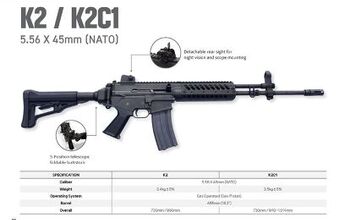
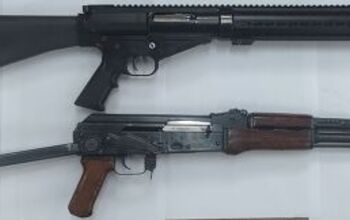
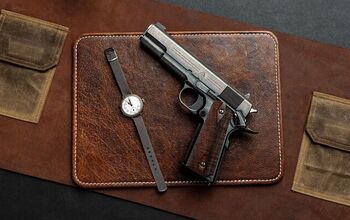

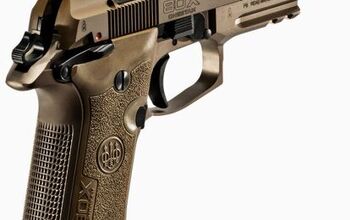
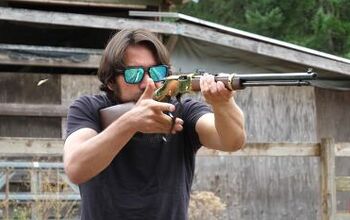


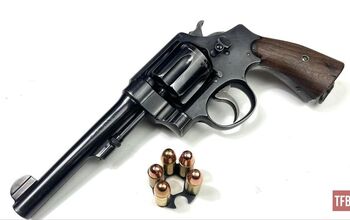


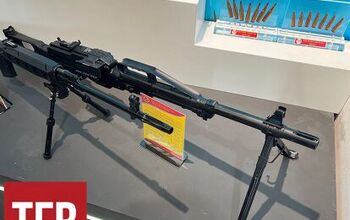




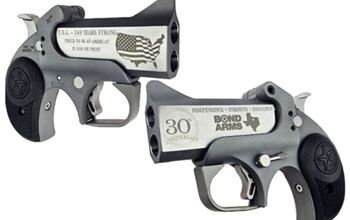

Comments
Join the conversation
Why are y'all so obsessed with peddling this hypebeast garbage owned by a complete d-bag of a human?